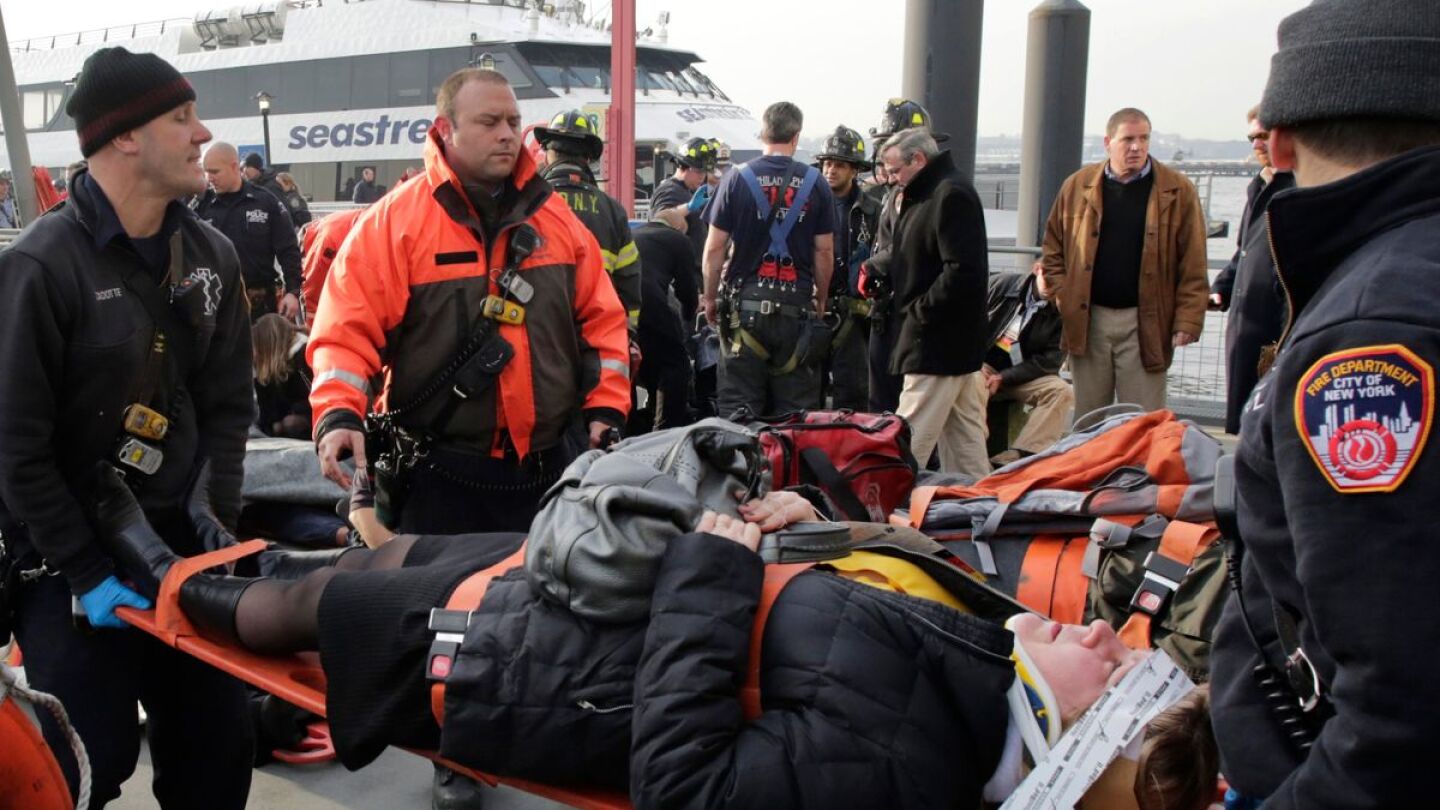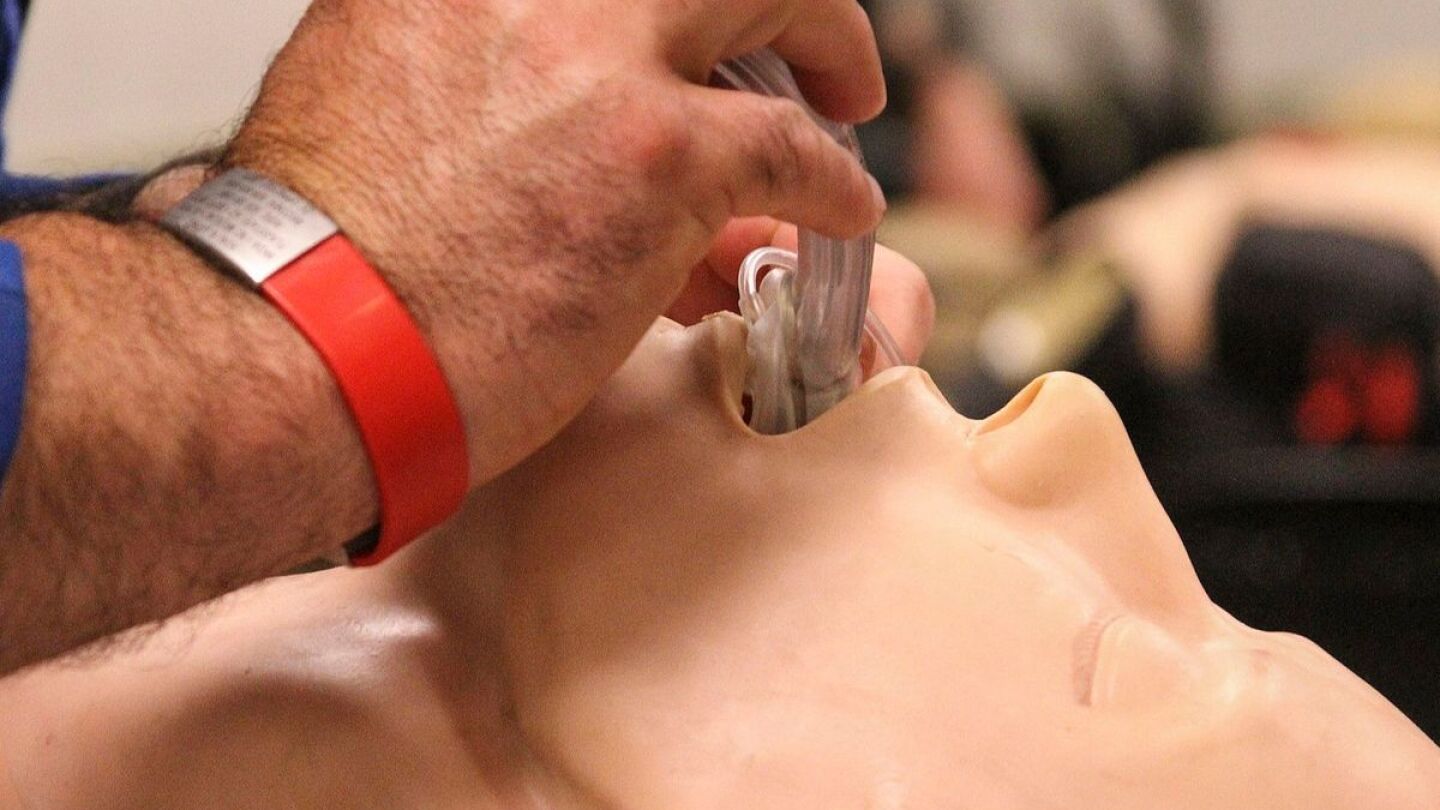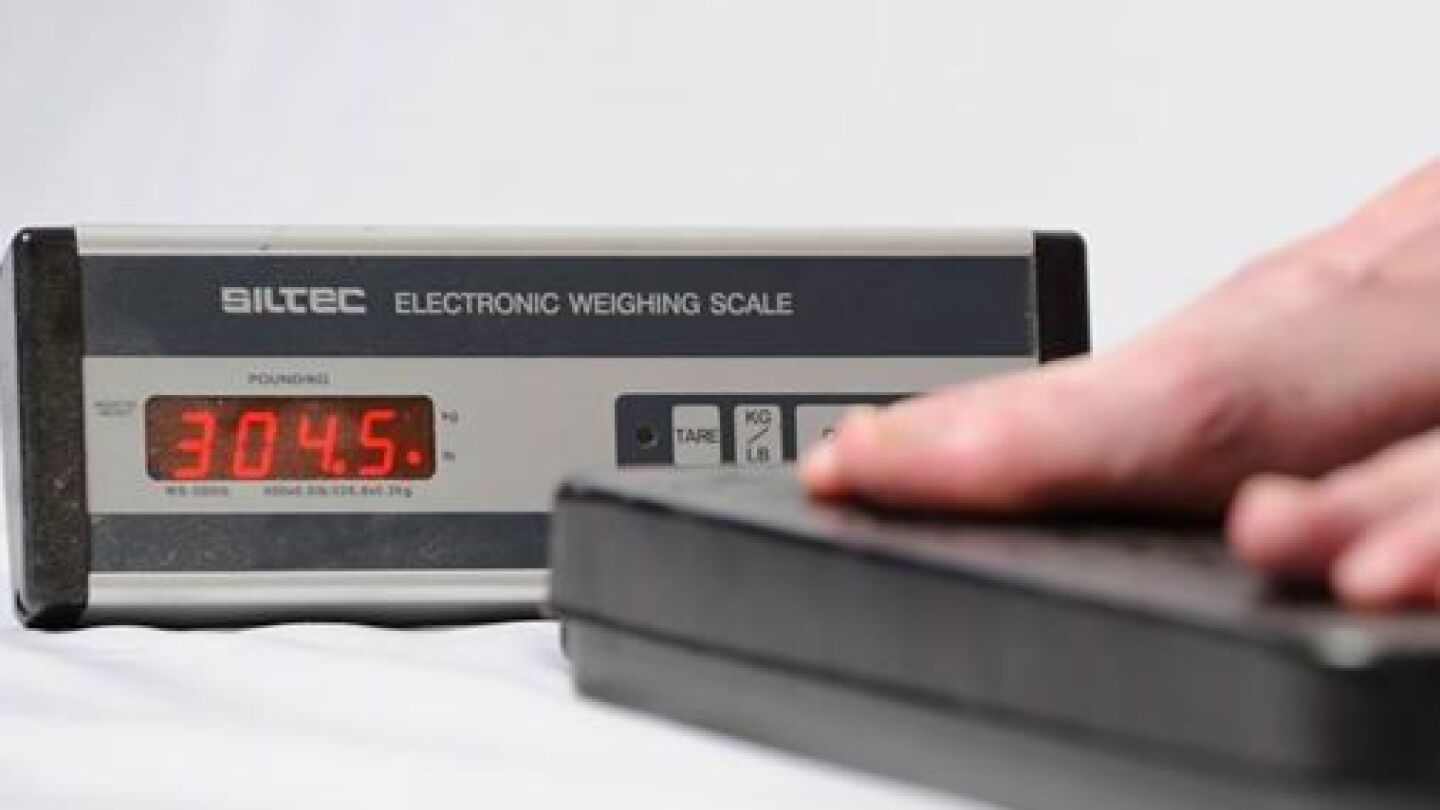Treating and transporting a bariatric patient can require coordination with outside agencies, as well as specialized lifting and monitoring equipment. Bariatric patients have the right to expect professional and timely emergency care, with consideration given to their unique assessment challenges, and providers have the obligation to deliver such care without risking their own health.
Learn more in this EMS1 Special Coverage series, “Bridging the gap in bariatric patient care: Pathophysiology, assessment and transport solutions.”
EMS training gaps in lifting practices, medical measuring and monitoring, and providing compassionate care put patients and providers at risk
Use the right equipment and enlist extra personnel to help transport bariatric patients out of their homes and into the ambulance while keeping their safety top of mind
I still regret a euphoric comment to my partner after lifting a morbidly obese patient
Bariatric patients may present with dehydration, malnutrition and surgical site complications in the days and weeks after a bariatric surgery procedure
Pre-oxygenate, evaluate for LEMONS and position a patient of any size correctly to help secure an airway
Community paramedicine communication with patients, their family members and the local crews can eliminate obstacles and improve patient care for bariatric patients
In this episode, our co-hosts discuss the challenges that come with assisting bariatric patients, including logistics, equipment needs and provider attitudes
MOST POPULAR
- The tools and resources you need for bariatric response, transport
- My lowest moment as a paramedic
- Lifting assistance: Carrying bariatric patients over the gap in today’s healthcare
- How do you train to move, assess and treat bariatric patients: 3 training survey takeaways
- Treating and transporting bariatric patients










